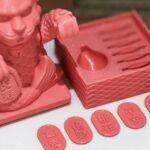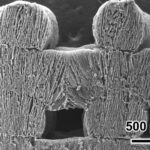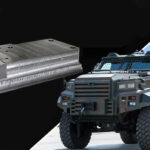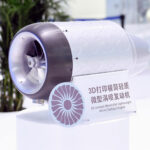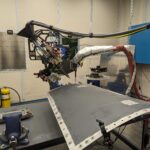Recent findings from the group of researchers at Massachusetts Institute of Technology show magnetic, 3D printed creatures able to move, crawl, sneak, fold and catching objects, with no “strings” attached. MIT produced the magnets from a brand new kind of soft material, which they infused with magnetic particles. These incredibly realistic structures have potential in intelligent robot development, especially within medicine.
The field of soppy robotics is giving scientists the chance to produce more flexible, and for that reason handier, machines. Soft robots, like Harvard University’s well-known Octobot, move using mechanisms that more carefully resemble living organisms. This delicate set of motions is the result of very precise engineering on a micro-level.
In most robots, hydraulic or pneumatic power replicates “living” mechanisms like muscles. However, to create movements that are more intelligent, and adaptable, they should be less reliant on input from the human operator. 4D printing, i.e. 3D printing materials that autonomously transform, is also finding new methods for “hands free” activation. However, at the moment, the procedures are too lengthy, and also not as easily reversible.
Producing Moving Magnetic “Organisms”
MIT’s magnetic objects are 3D printed on a specially made platform, from recently-formulated ink infused with magnetic particles.
The manufacturing platform hosts a 3D printer nozzle in the heart of an electromagnet, which arranges the orientation of particles within the ink. With magnetic particle control, coupled with a flexible material, they can manipulate shapes by using the field. Xuanhe Zhao, the study’s lead author believes that objects coded in this latest research may find promising application in the area of biomedicine, similar to other micro robots. He believes that potential uses include putting structures to control the pumping of blood.
“For example,” Zhao explains, “we could put a structure around a blood vessel to control the pumping of blood, or use a magnet to guide a device through the GI tract to take images […]”. While the research is still fresh, the potential applications are definitely worth looking into.



